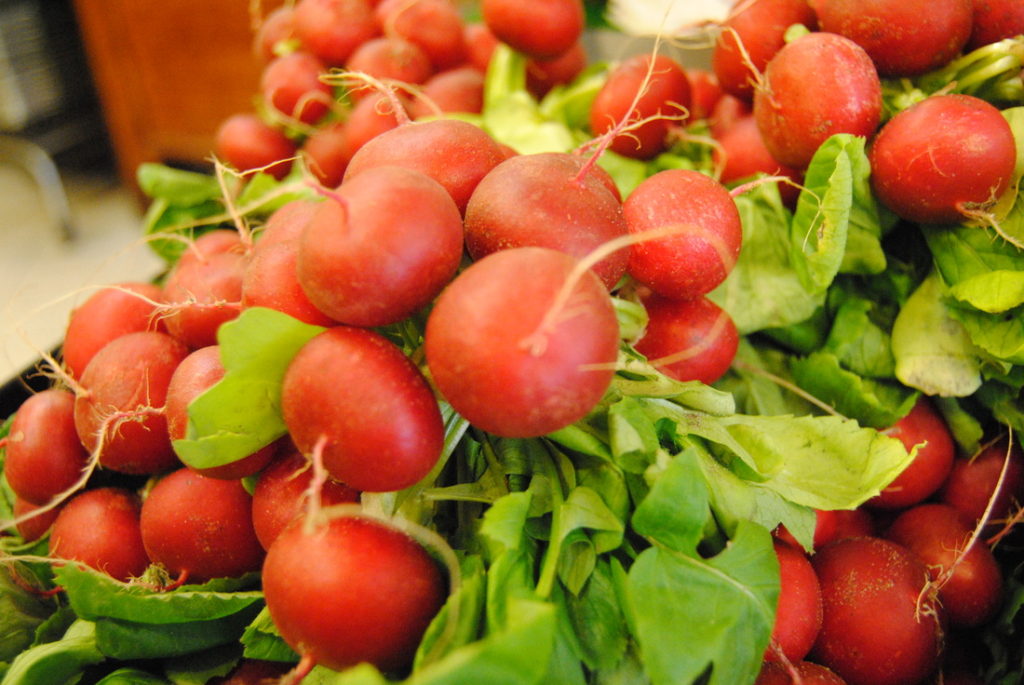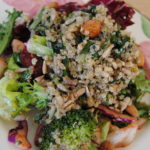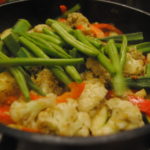1) Include a power salad as part of your daily diet.
Whether it’s for lunch, dinner or a snack, introduce high nutrient salads to your daily diet. Include dark leafy greens, nuts, seeds, chicken or fish, and an array of colourful vegetables. The protein is excellent for weight loss, rather than having a carbohydrate rich meal. Make your own salad dressing including fresh squeezed lemon, olive or flax seed oil and fresh herbs. This will provide you with healthy fats that your body requires for its daily functions.
2) Focus on foods that are low on the Glycemic Index.
Foods that are high on the Glycemic Index level will spike your blood sugar, which will eventually lead to a blood sugar crash. Stabilize your blood sugar levels with complex carbohydrates such as root vegetables, whole grains and vegetables. These foods contain fibre which slows down the absorption rates in your body. This will result in a steady release of nutrients in the body and prevent cravings later on.
3) Chew your food exceptionally well.
Chewing food properly is an excellent weight loss technique. As well as assisting the body in proper digestion and absorption, chewing focuses the attention onto how we eat. The speed at which you chew sends signals to your brain that control how much you eat. It normally takes the brain about 20 minutes to register the feeling of fullness. Continue to assess your hunger/fullness levels throughout the meal. Listen to your body and honour its needs. Your food will break down more efficiently and your portion sizes will start to decrease.
4) Eat smaller meals more frequently.
Rather than having 3 main meals a day, try for 5 to 6 smaller meals each day. The digestive organs will be able to process the food more effectively and therefore absorb it much better as well. When enjoying healthy snacks in between meals, make sure that you have a set amount to avoid overeating. When eating smaller portions, it is common to eat while standing up. Instead, portion out your snack and sit down to enjoy it properly.
5) Read ingredient lists carefully.
Rather than read the labels on the front that may say “High in Fibre” or “Low in Carbohydrates”, look at the actual ingredient list. Food products that appear to be healthy often contain sugar, chemicals and preservatives which all lead to weight gain.





